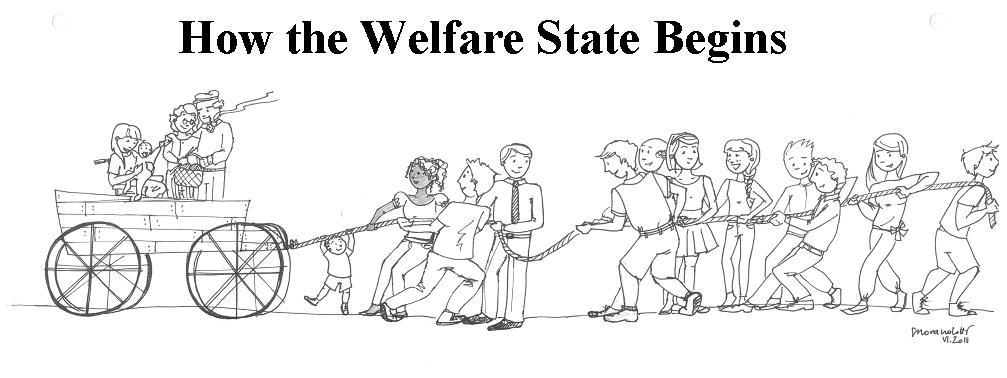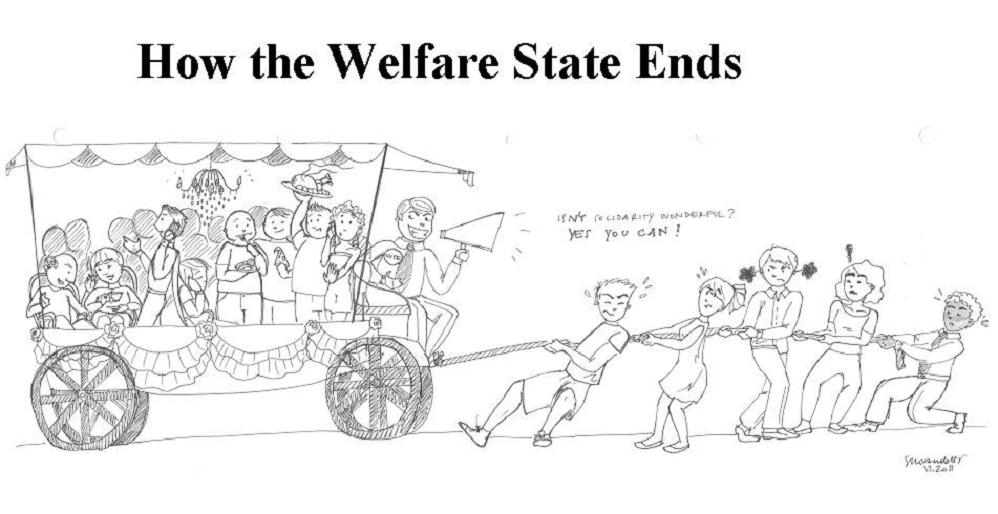That the person was mad? That he was delirious? That he was an extreme example of a conspiracy theorist? Surely, that he must be American (and an American conservative to boot)?!
In fact, there is only one conclusion to make, and that is the following: that the person was a member of the Japanese government in the 1930s and 1940s.
As I mention in several of my plethora of Horoshima quotes, the Tokyo government did not recognize civilians — elderly, women, or children — and certainly did not recognize them as noncombatants. (As paradoxically, its successors have been doing — incessantly — in the following seven decades, harping on their status as innocent victims…)
Japan's plans for defense against invasion involved mobilizing the civilian population, including women and children, for the customary suicidal battle tactics [Thomas Sowell]Testified one Japanese-American:
Lance or spear practice was a regular women's exercise to practice for the anticipated U.S. landing. My uncle, who was disabled, had been sent to a mandatory training camp to practice with wooden bullets and makeshift weapons to do his civilian share in greeting American forces.An article by Jonathan Soble reinforces this, in spite of the fact that, obviously, the New York Times is (as usual) horrified by America's actions and firmly in favor of the victims:
So, a young teenager of only 13 or 14 ("just 14"), and already working on weapons?Hiromi Hasai was being trained to make machine gun bullets when the flash from the atomic bomb that destroyed his city lit up the already bright morning sky. Just 14, he had been pulled from school a week before to help Japan’s failing war effort.
It confirms — if need be — everything we knew about Japan's plans for the war to continue — to the very last man, woman, cripple, and child.


